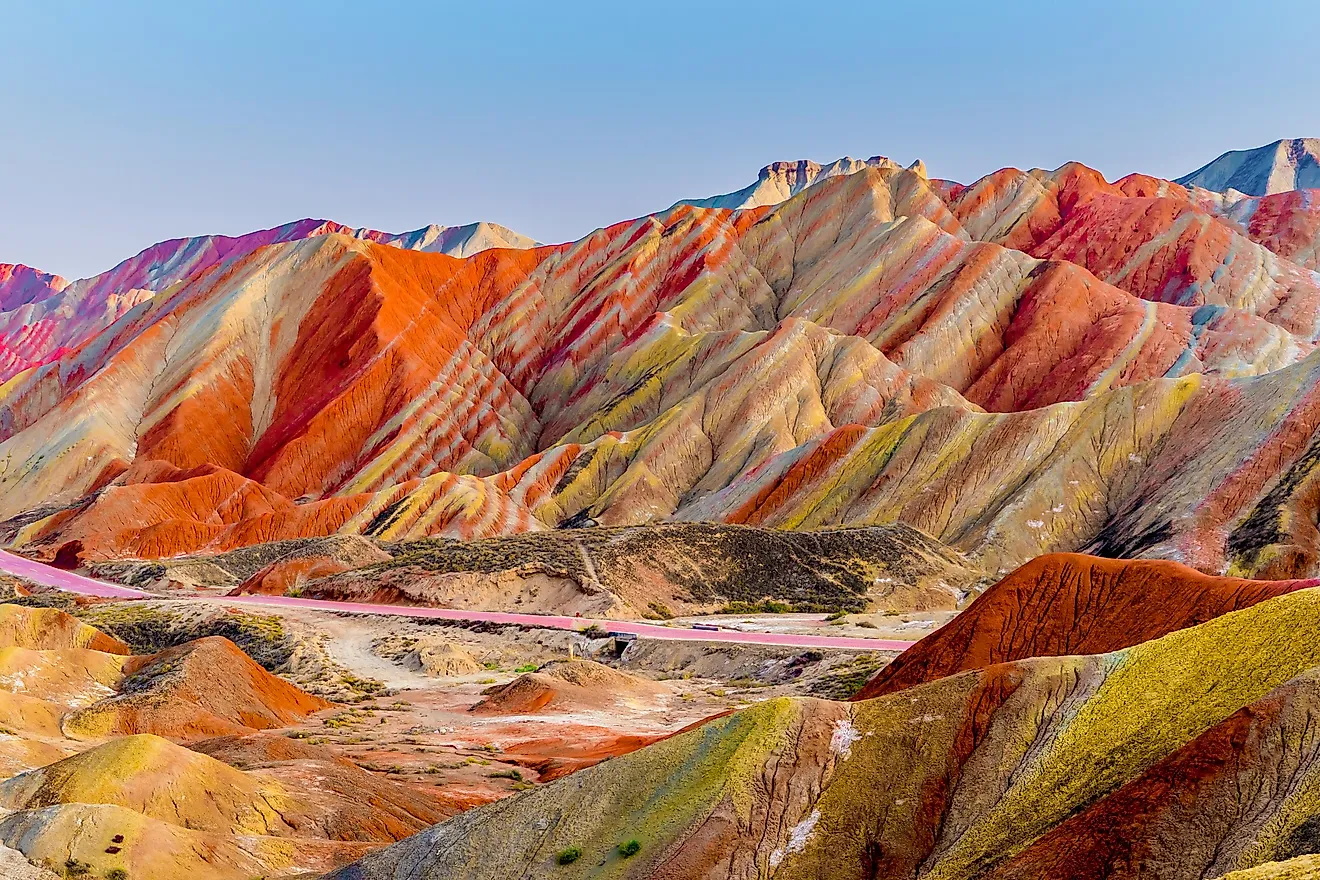Human Activities That Affect Landforms

- Deforestation affects the climate in more ways than just temperature. Trees and forests are technically breaking up powerful winds, and as we remove them, the soil underneath becomes more prone to erosion.
- Urban planning that follows up-to-date ecological facts is an absolute necessity if we want to stop doing more catastrophic damage to the environment when we build new cities.
- Acid rains that fall back to Earth’s ground due to pollution are only further increasing the erosion of destabilized terrains.
Practically everything you do today, even if you just stay at home and watch TV the whole day, will affect our environment. However, there are far more obstructive activities that reshape and reform the land we stand on.
Reshaping The Environment
Humans have found an almost infinite number of methods and actions they take when they approach modifying the natural landscape. These can be as simple as growing a tree in your front yard or complex as pumping out the sea from a specific part of the land to uncover the fertile soil that lies below. However, no matter what we do, we are mostly trying to speed up some of the processes that would occur in nature.
Erosion that reshapes the environment happens every day due to natural forces of wind, water, and the Sun, but when we do it, we tend to be careless. When we try to adapt something to fit our needs, whether it is changing the terrain to build a home or creating a dam to stop a river and utilize that power for generating electricity, we usually create long-term problems for the environment.
Bigger Technology = Bigger Problems?
People have been digging up mines for centuries now, and the machines involved in digging up resources from the ground have only grown bigger and more powerful in the last few decades. The same goes for the machinery that is used in agriculture or creating roads and highways. These alone have sped up the process of erosion immensely.
Mines and quarries are, from a geomorphological perspective, unstable creations. As we dig down into the ground or drill deep into a mountain, we are mostly creating dangerous scenarios. In the case of a heavy precipitation period, all those mines and quarries are prone to landslides and flowage, which completely reshape the environment if they occur.
The Problems With Urban Areas
Another process that has been going around for centuries now is urbanization. Although we are now almost at a point in time where the balance seems to be changing, people still want to live inside big cities, not in small villages. The reasons for that will drive us deep down the course of history, but more job opportunities, more social and cultural capital, and the presence of all the resources you need for a modern-day living are the selling arguments for a city lifestyle.
However, there is so much concrete, steel, and iron that we use to make new buildings, roads, and all the facilities humans need. Also, big cities are still expanding, which causes more deforestation of the land that needs to be used to host building people will live in.
Deforestation is a massive issue for the whole world, but the effects are especially visible in urban areas. There is less water around, the trees have been cut down, and the heat during summertime is almost unbearable in big cities. This means that the way we approach the landforms on Earth has a significant impact on not only the one particular town that was built with billions of tons of concrete but for the whole planet.











